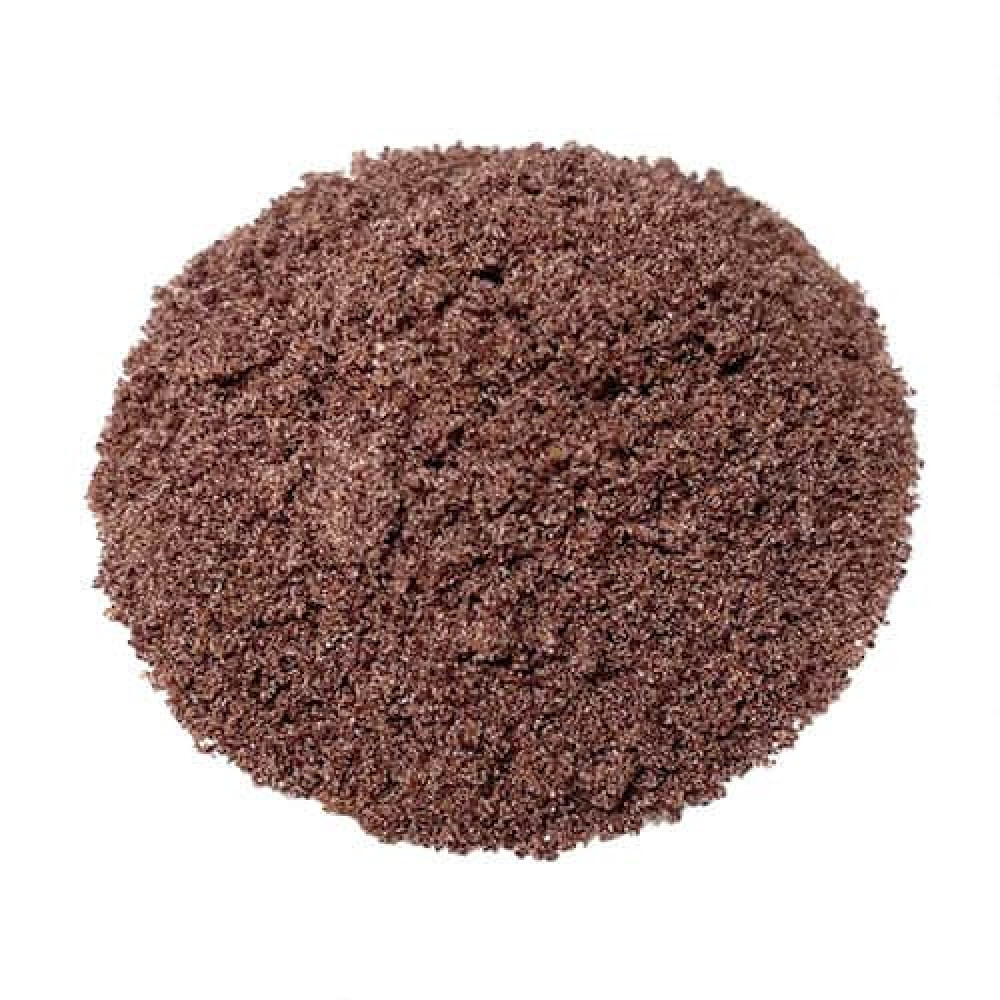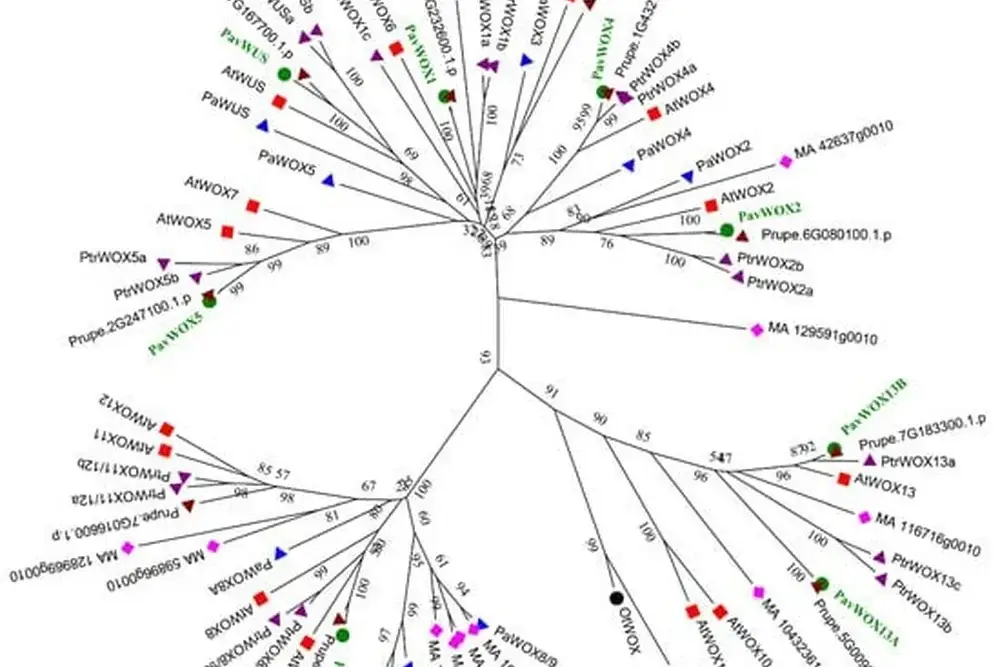Water pollution is a problem that has been growing in importance in recent decades. Organic substances, characterised by a complex chemical structure, are among the main culprits. Dyes produce considerable water pollution.
From the food to the textile industries, from paper and plastic manufacturers to the pharmaceutical and cosmetics industries, all contribute significant volumes of coloured wastewater to the environment. Dyes are resistant to light, heat, and oxidising agents; they also have the potential to induce carcinogenic, mutagenic and teratogenic effects on living organisms.
Considering all this, it is clear how essential it is to remove these compounds from wastewater. There are numerous techniques, and adsorption is a widely used one in this field due to its cost-effectiveness, simplicity of construction and high efficiency, selectivity, and adaptability.
A considerable variety of biomass and plant wastes have proven their effectiveness in dye retention. A major advantage of these materials over other adsorbent categories is their annual availability in large quantities in most regions of the world, their low cost, and the absence of the need for additional or preliminary treatment or activation.
Sour cherry leaves, which have not yet been documented in the scientific literature so far, can be an excellent option for adsorption since they are abundant, inexpensive, and readily available in all locations.
The aim of the research conducted at the Polytechnic University of Timisoara (Romania) was to demonstrate that the adsorbent derived from this plant material (without undergoing chemical or thermal treatment) can be used to remove methylene blue and crystal violet from aqueous solutions.
Dye retention was determined through colour analysis by transferring the colour of the dyes from the initial solution to the powdered sour cherry leaves. The effectiveness of the adsorbent in facilitating the adsorption of cationic dyes was significantly influenced by pH, ionic strength, and adsorbent dose.

Among the main results, adsorption capacities of 524.1 (mg g-1) were obtained for crystal violet and 168.6 (mg g-1) for methylene blue. These capacities significantly exceed those of other comparable adsorbents. For the two dyes under investigation, equilibrium was reached after forty minutes of contact time. The adsorption process was found to be exothermic, favourable, and spontaneous, with physical adsorption as the main mechanism, as also determined by thermodynamic analysis.
This adsorbent contains various specific functional groups of cellulose, hemicellulose and lignin that can bind dyes. The results indicate that sour cherry leaf powder has the potential to be an economical, environmentally sustainable, and effective adsorbent when used to remove methylene blue and crystal violet dyes from aqueous solutions.
The only disadvantage? The inability to regenerate the adsorbent. But it is more than compensated for by its extremely low cost.
Source: Mosoarca, G.; Vancea, C.; Popa, S.; Dan, M.; Boran, S. A Novel High-Efficiency Natural Biosorbent Material Obtained from Sour Cherry (Prunus cerasus) Leaf Biomass for Cationic Dyes Adsorption. Materials 2023, 16, 4252. https://doi.org/10.3390/ma16124252.
Melissa Venturi
University of Bologna (IT)
Cherry Times - All rights reserved













